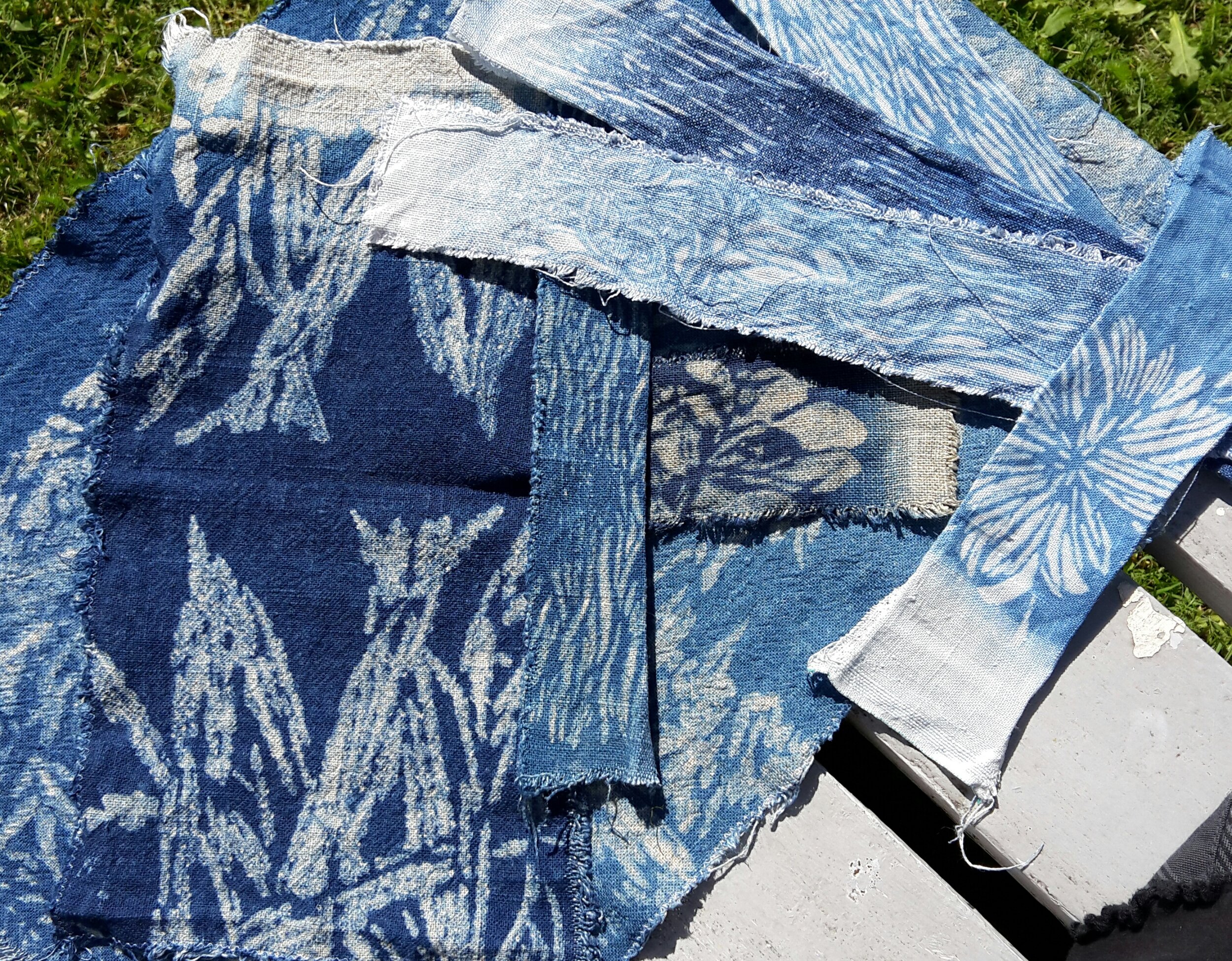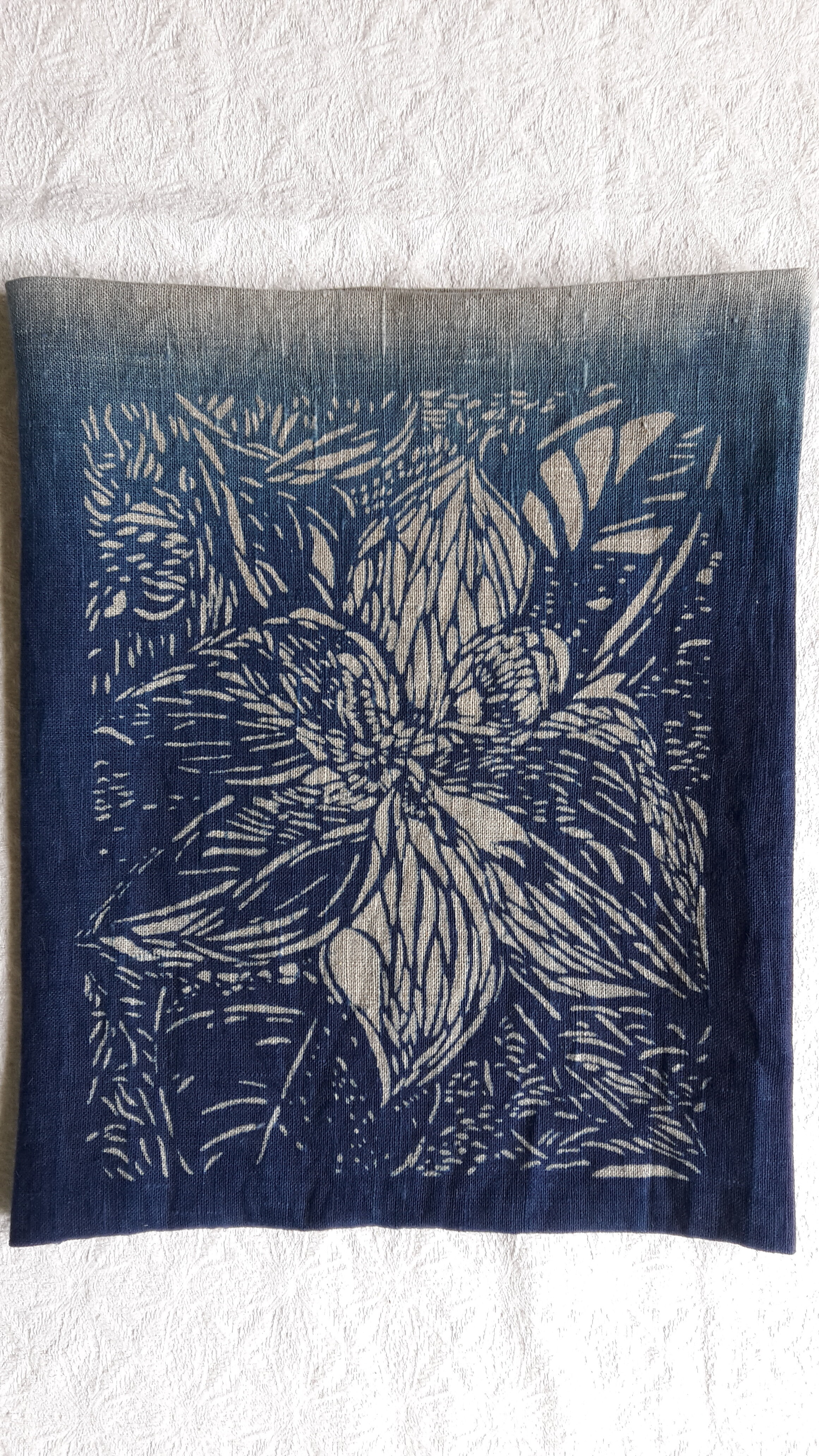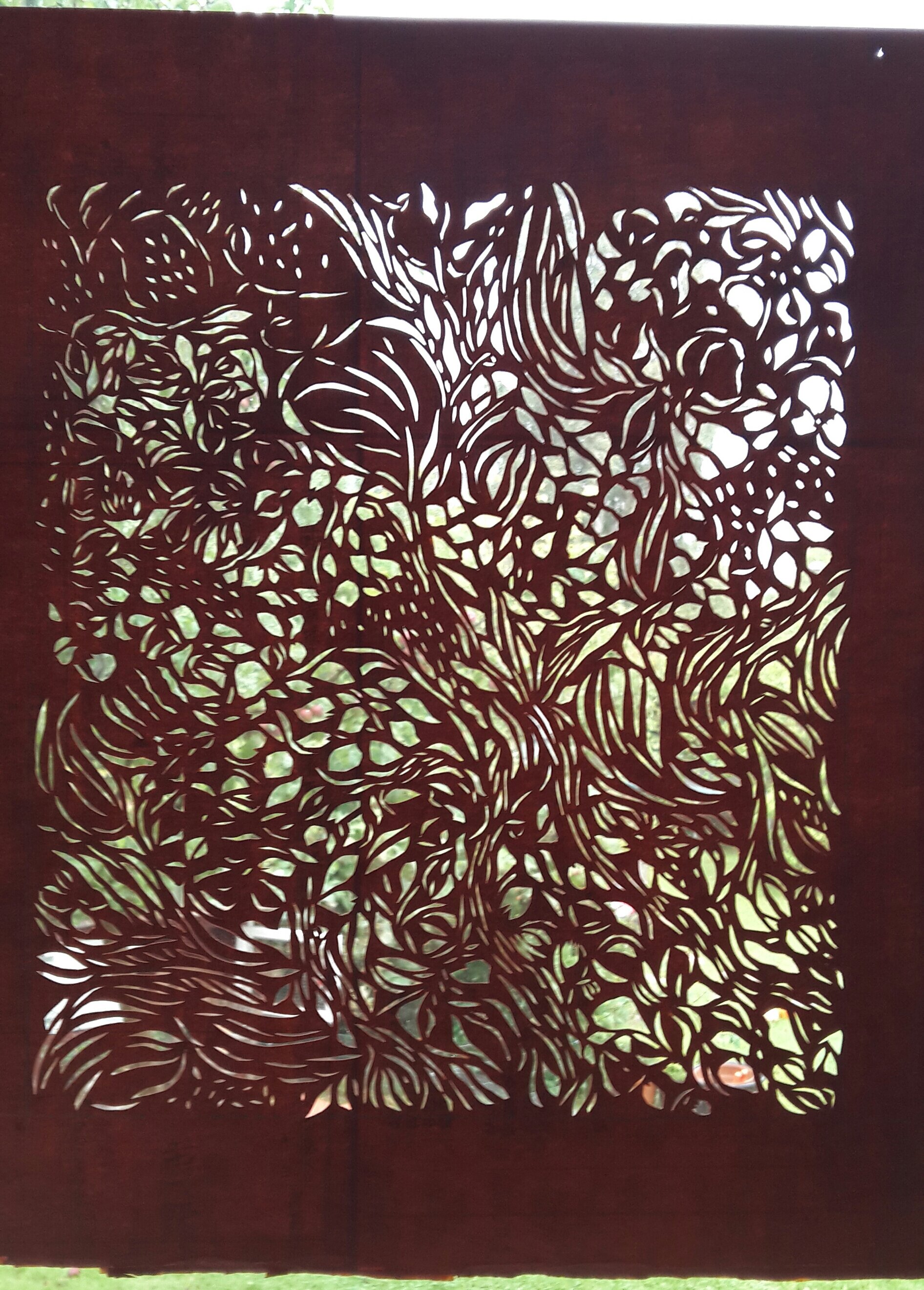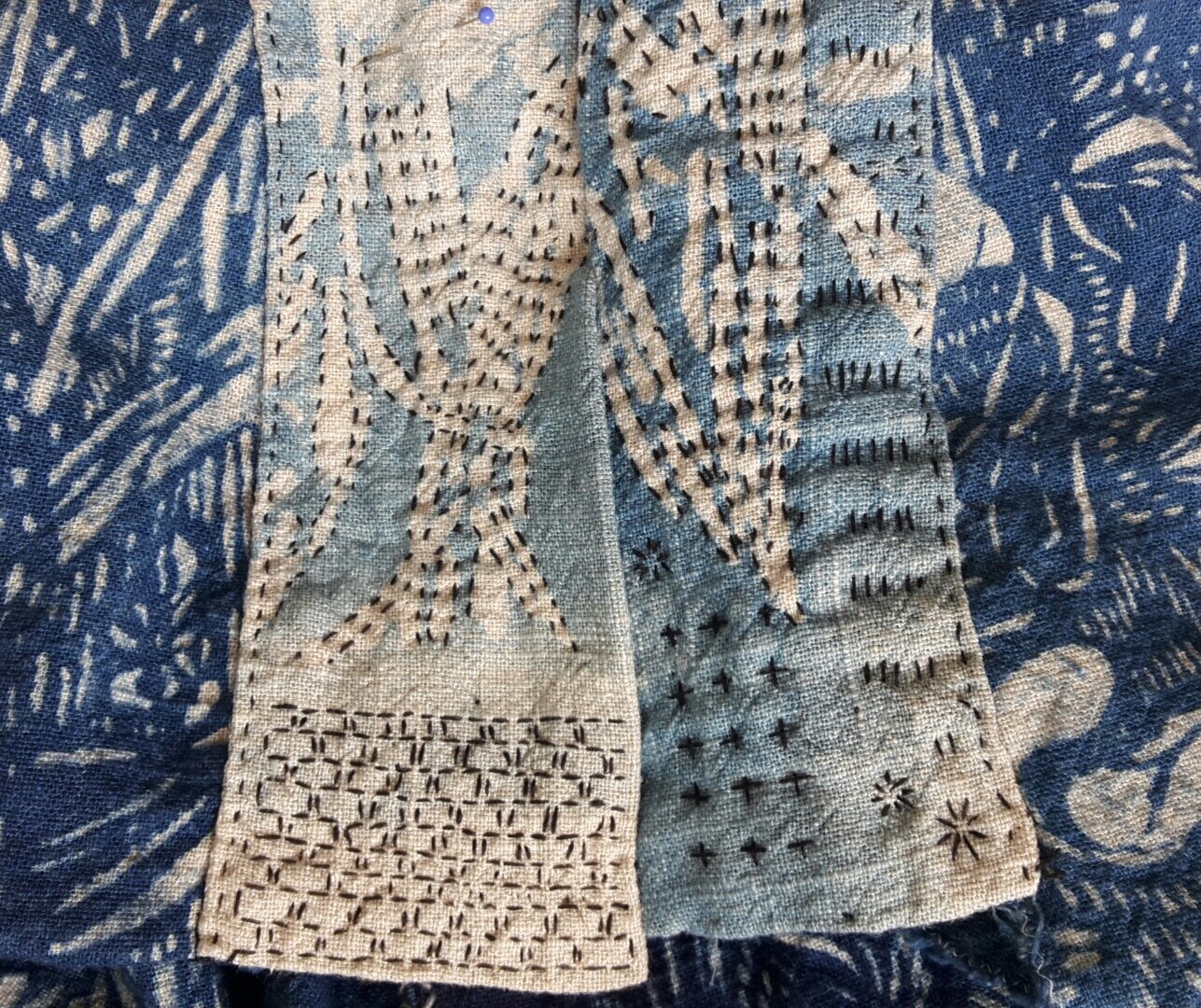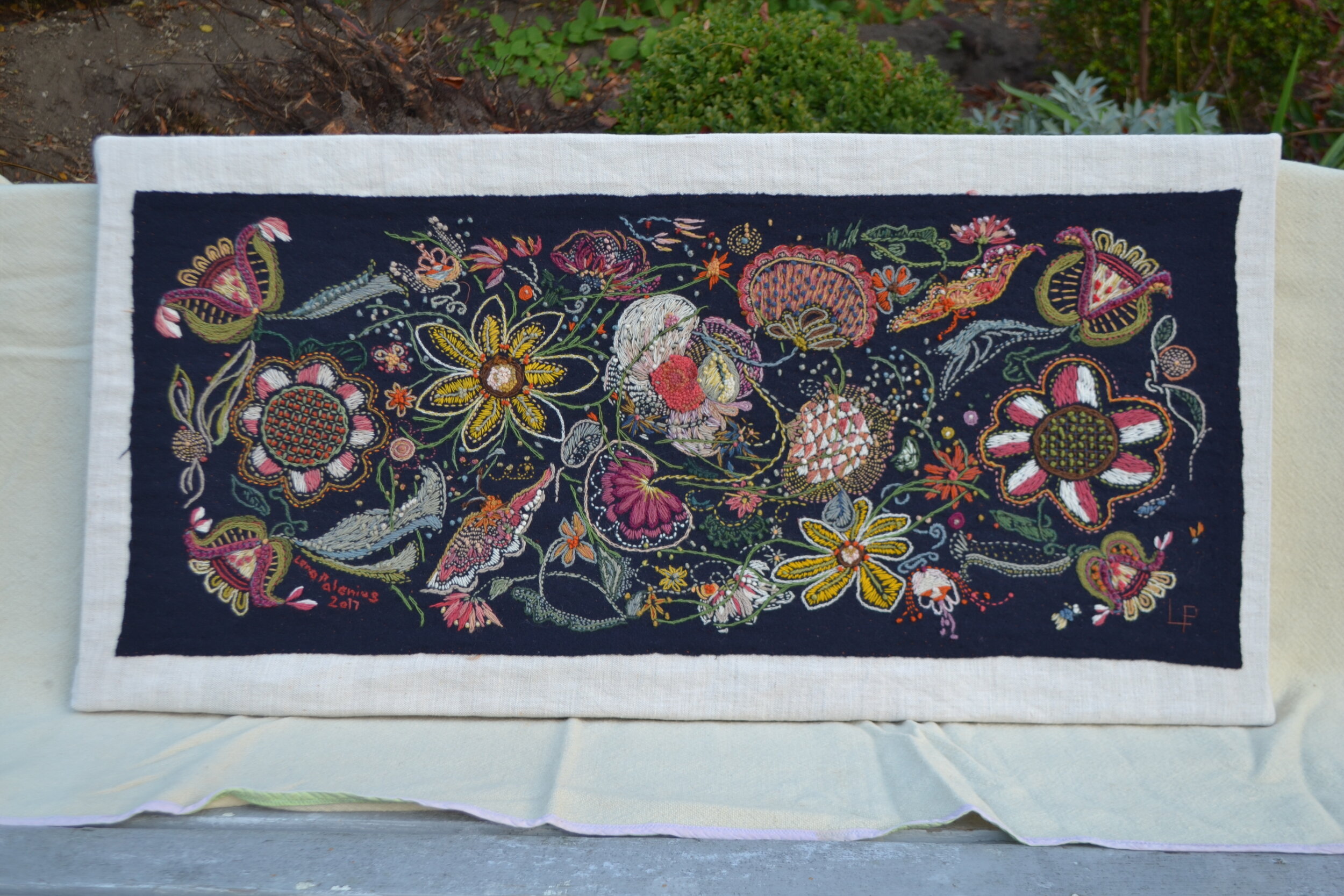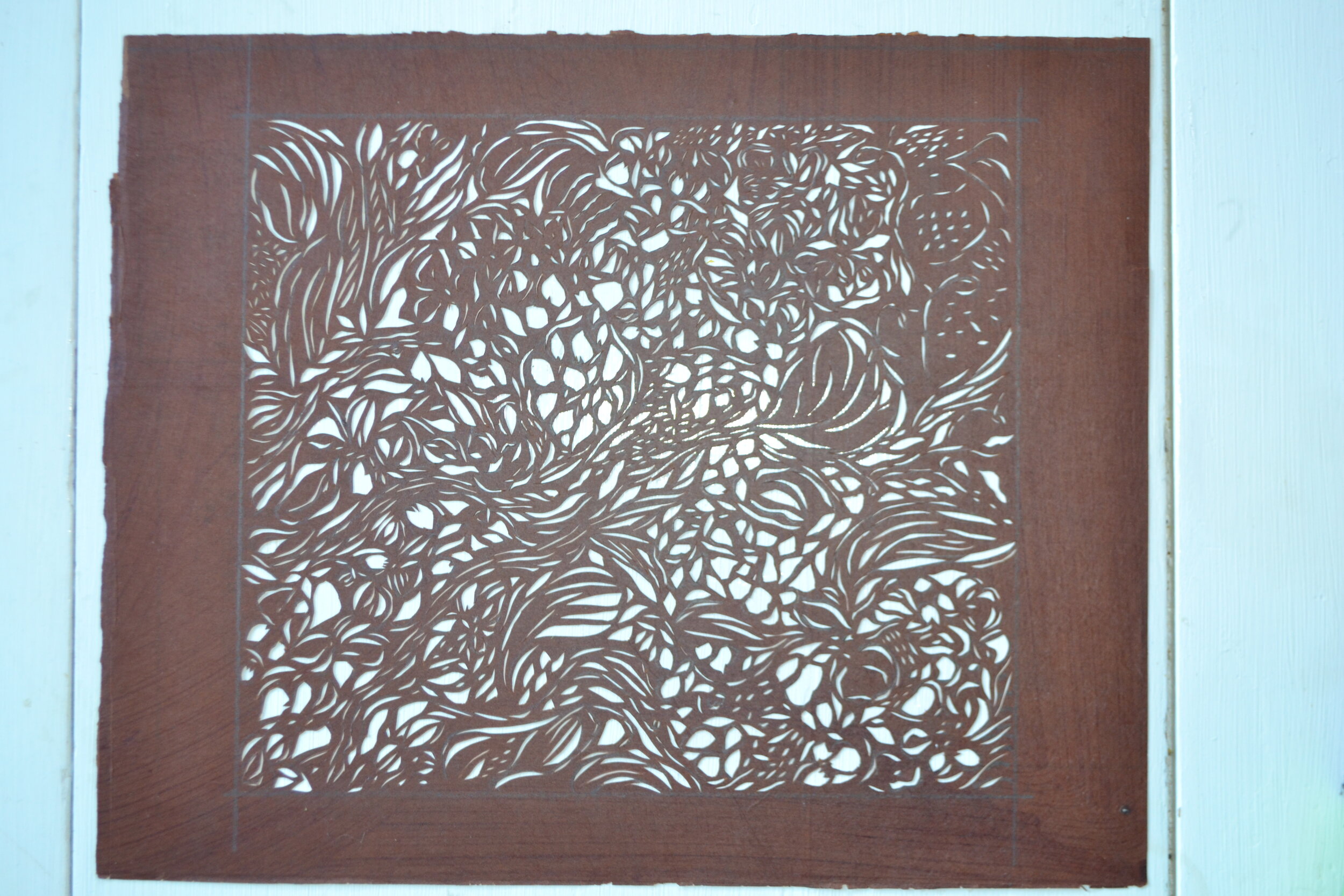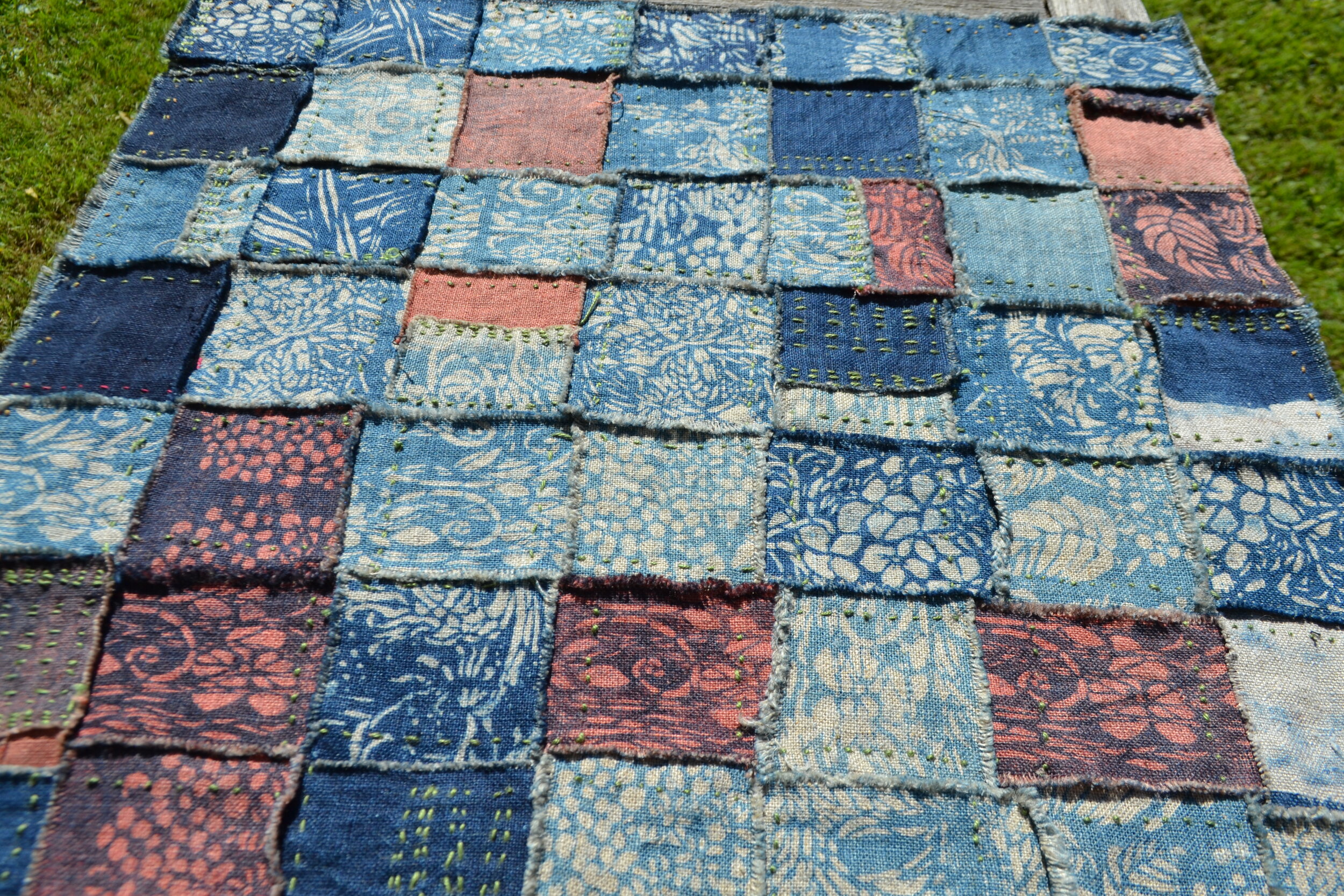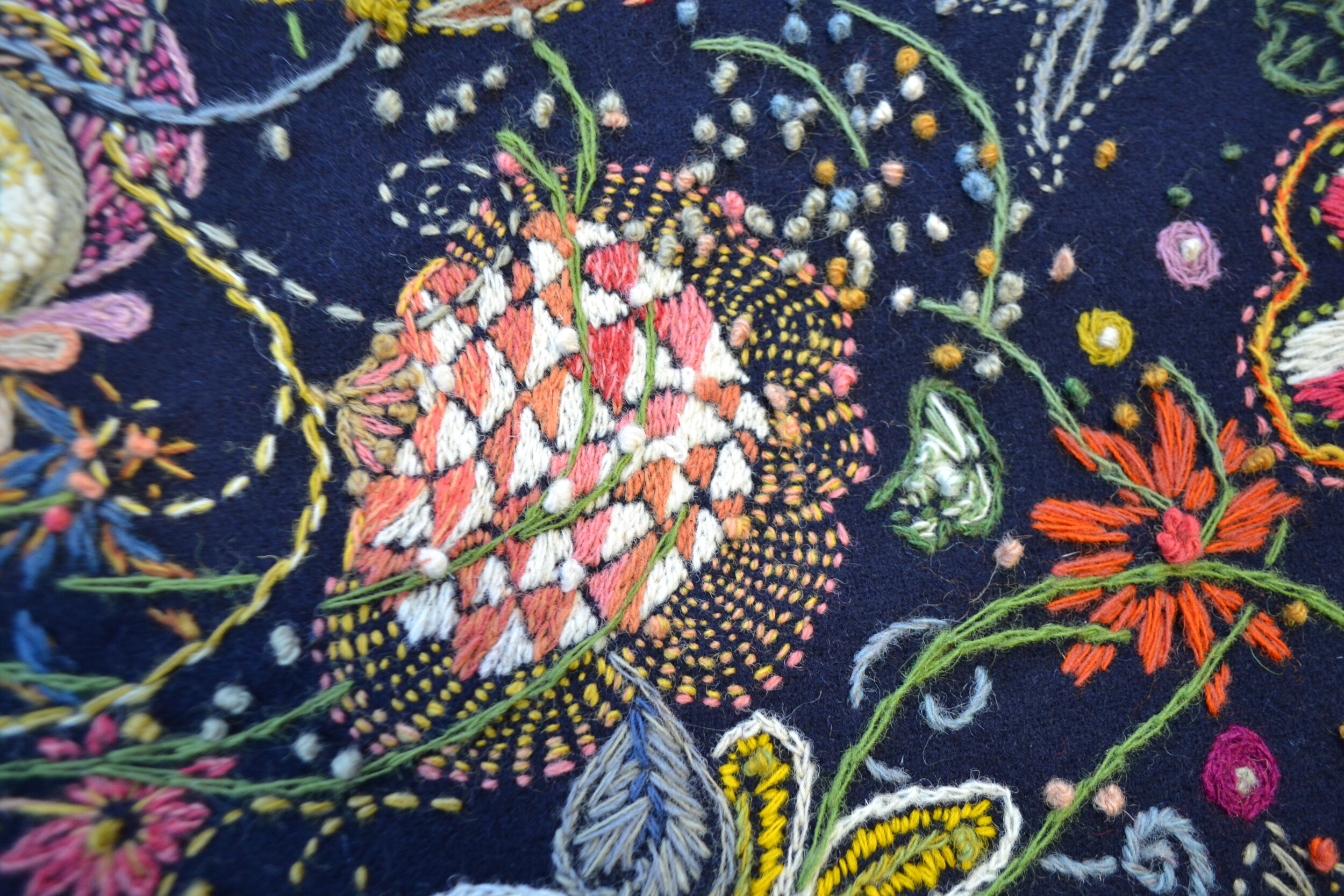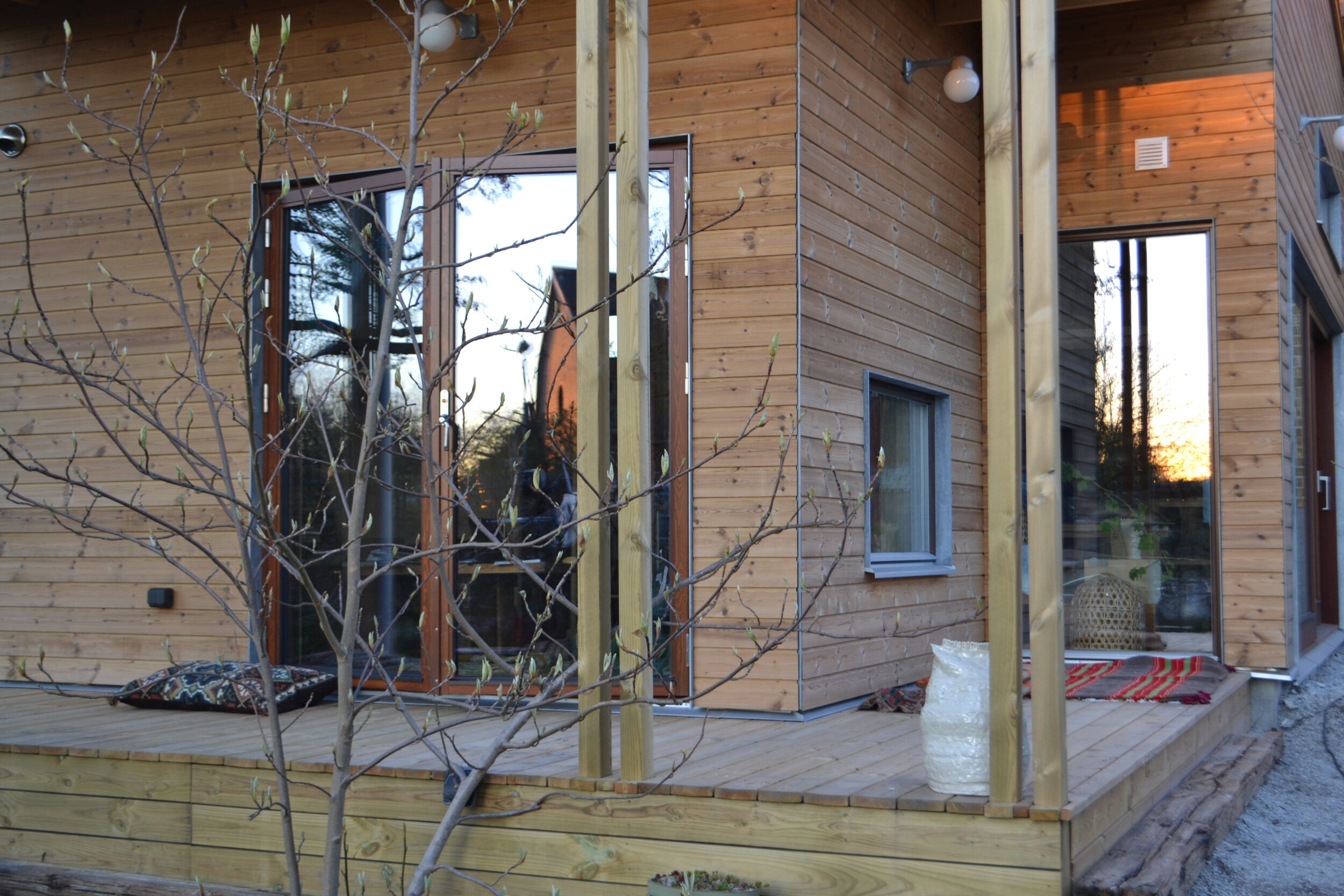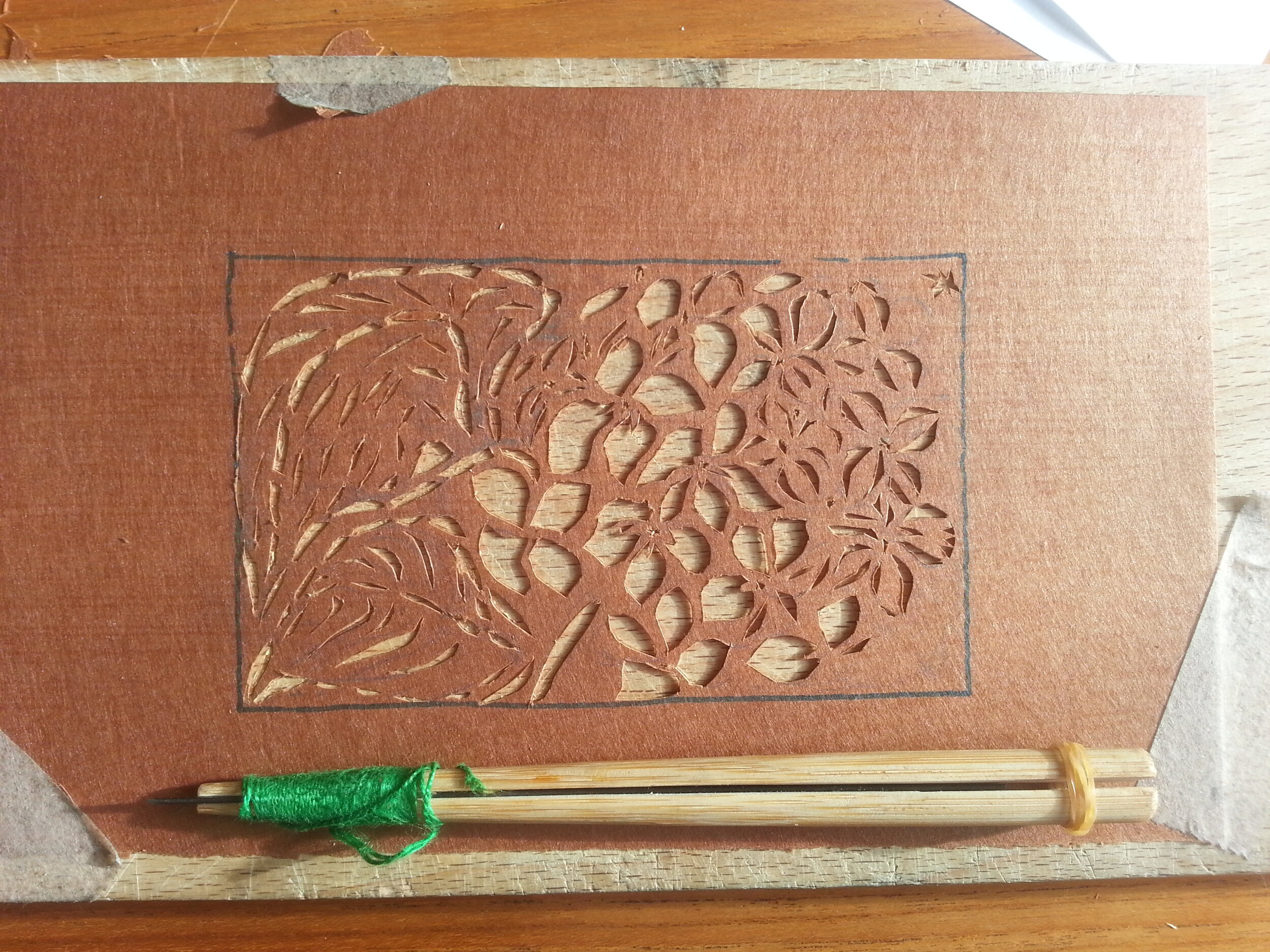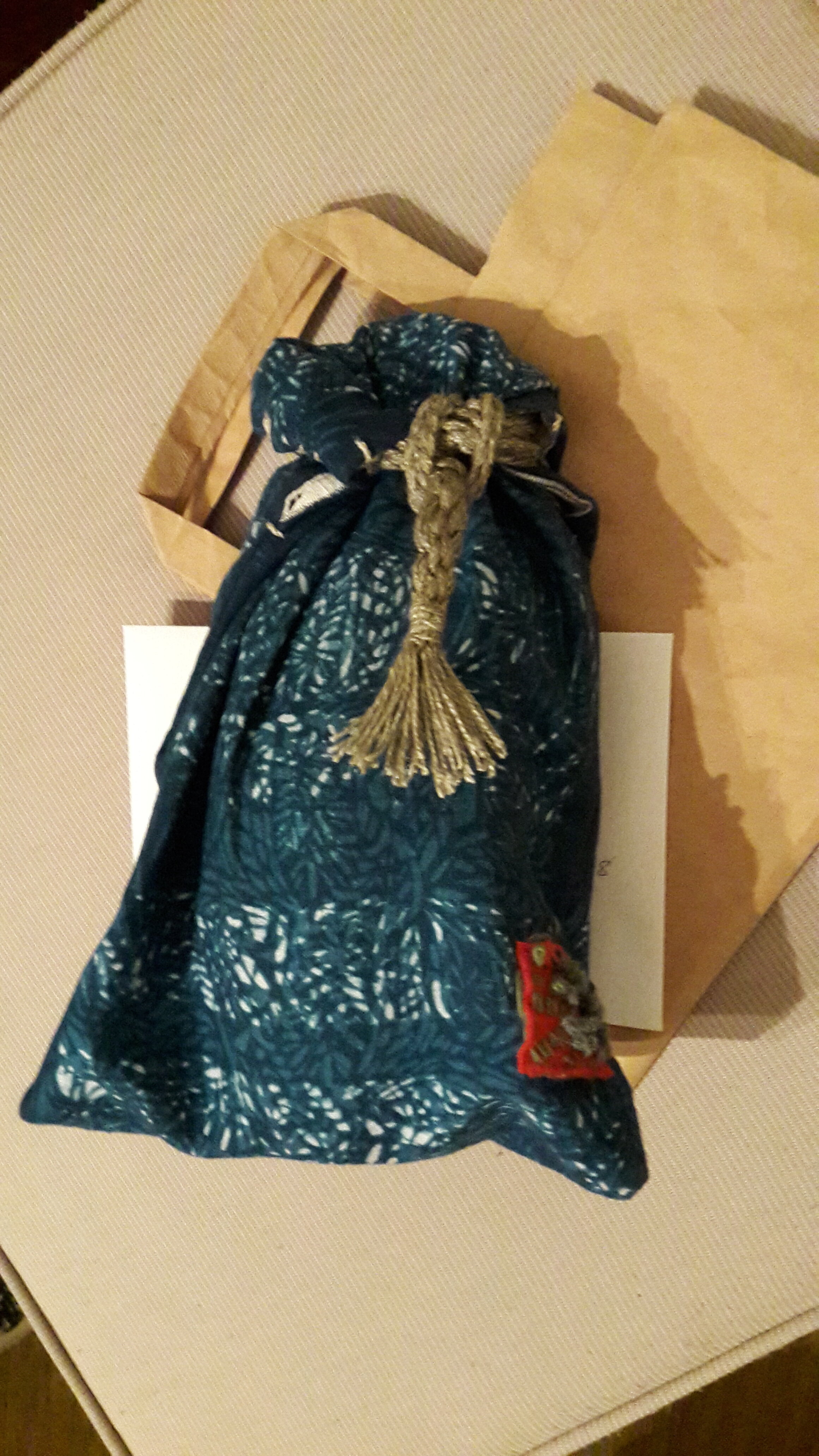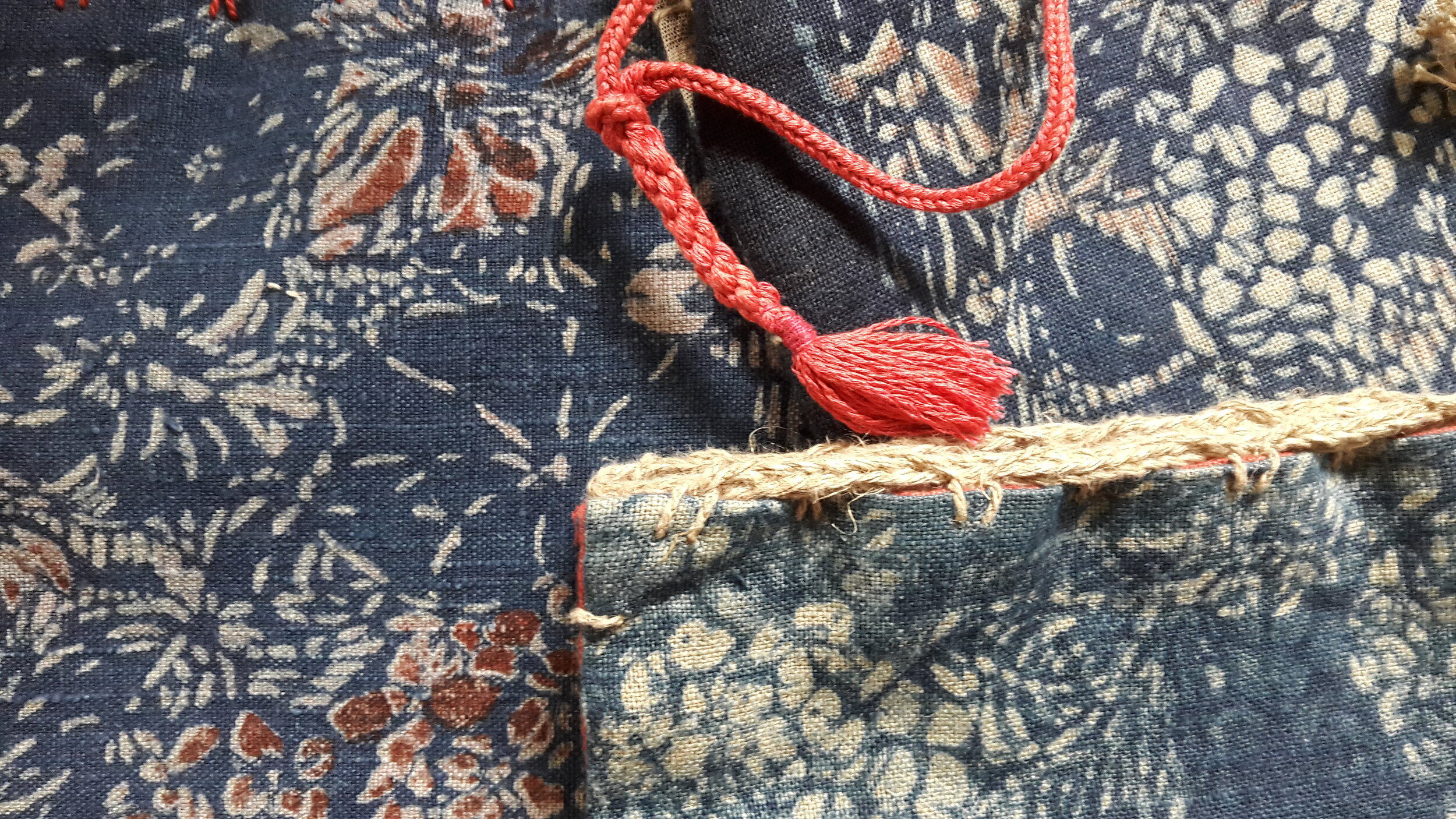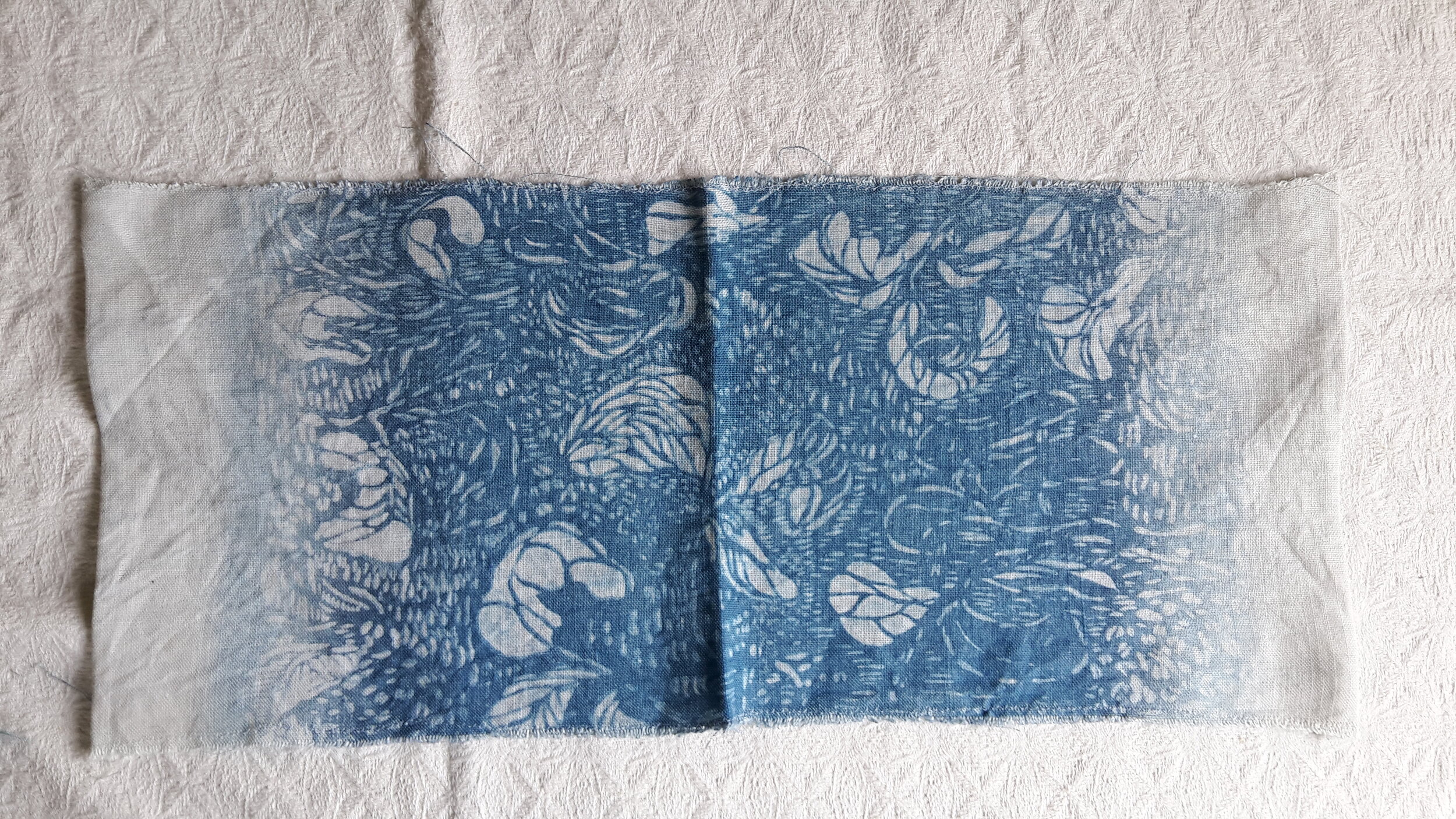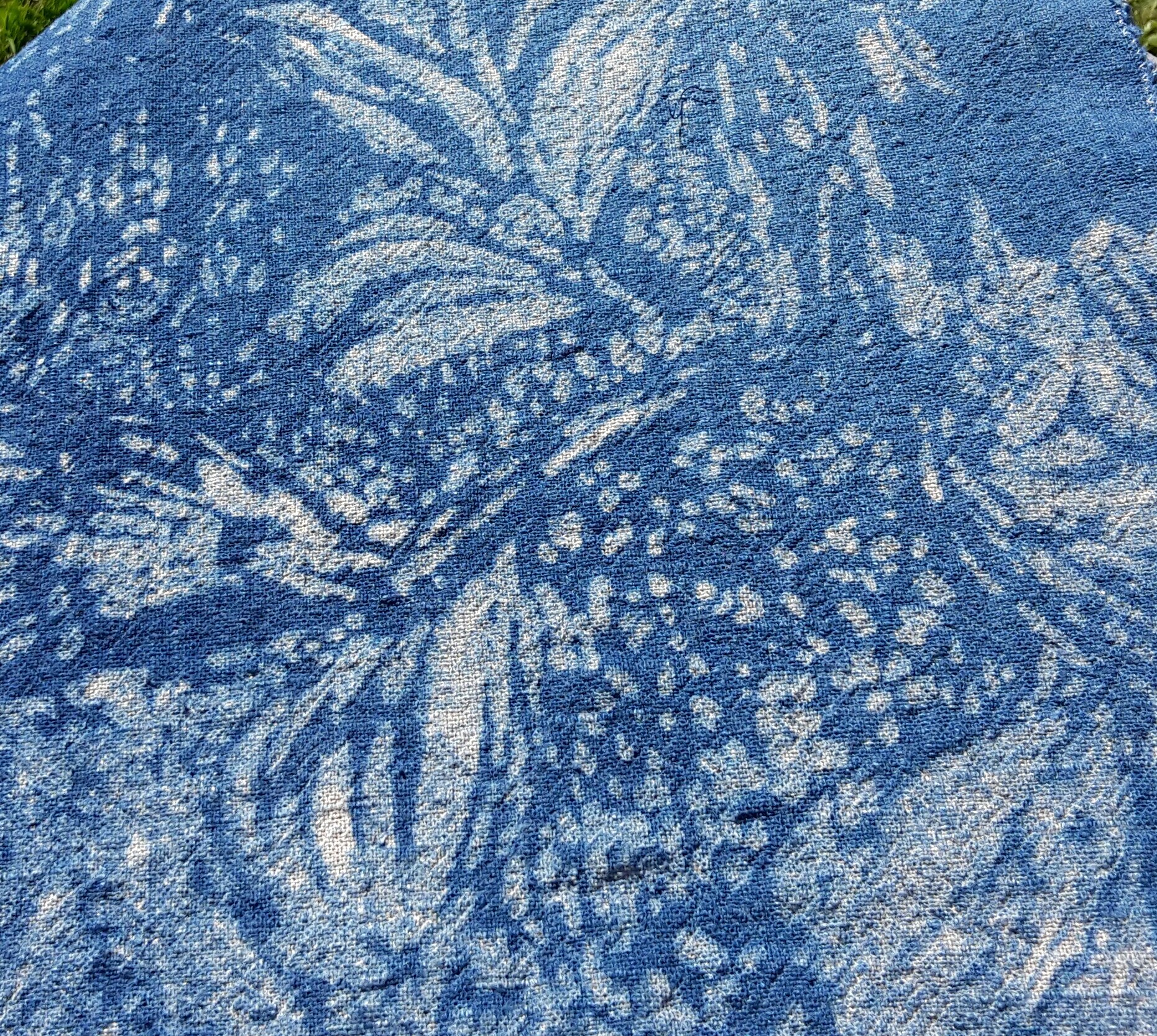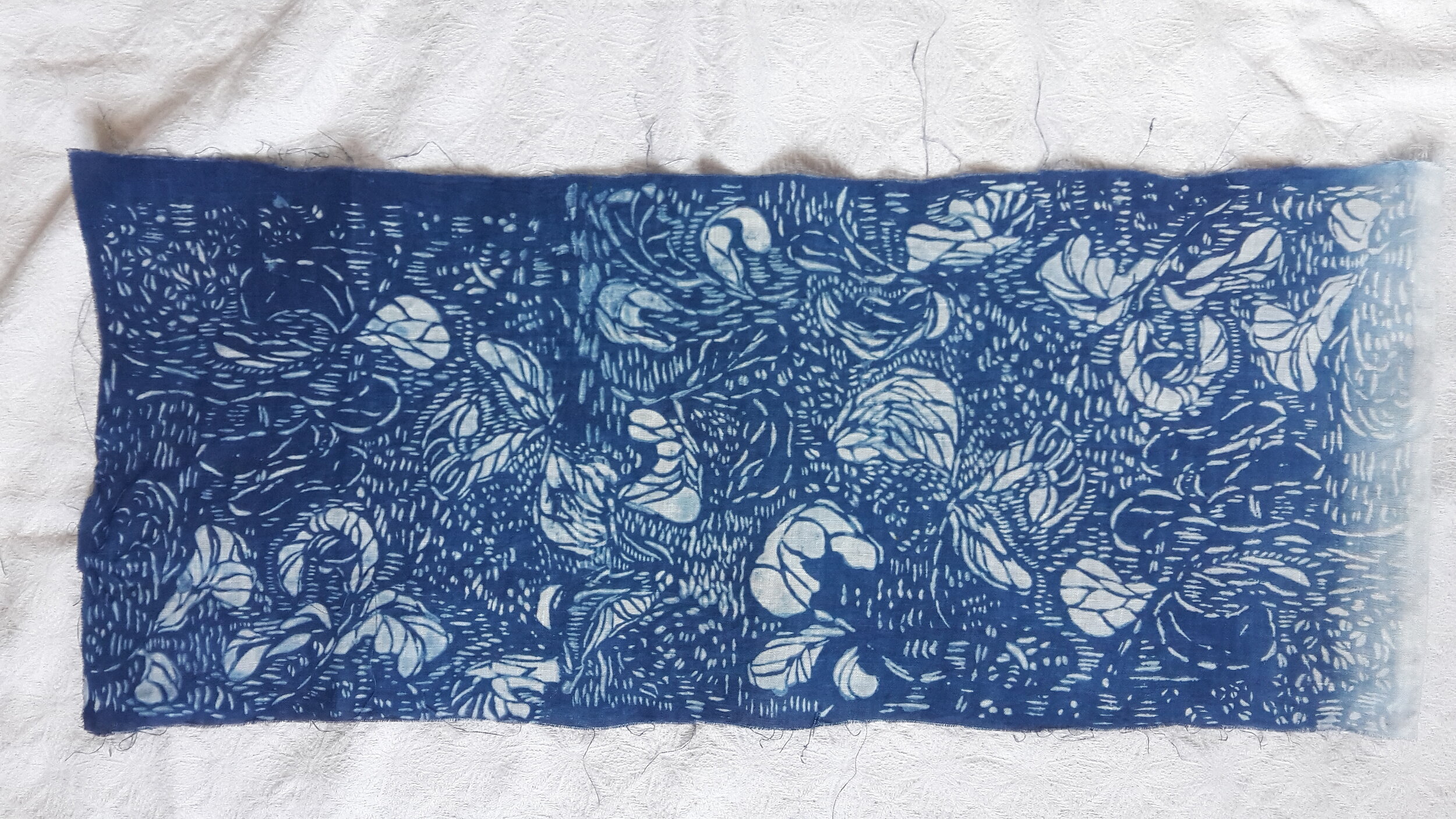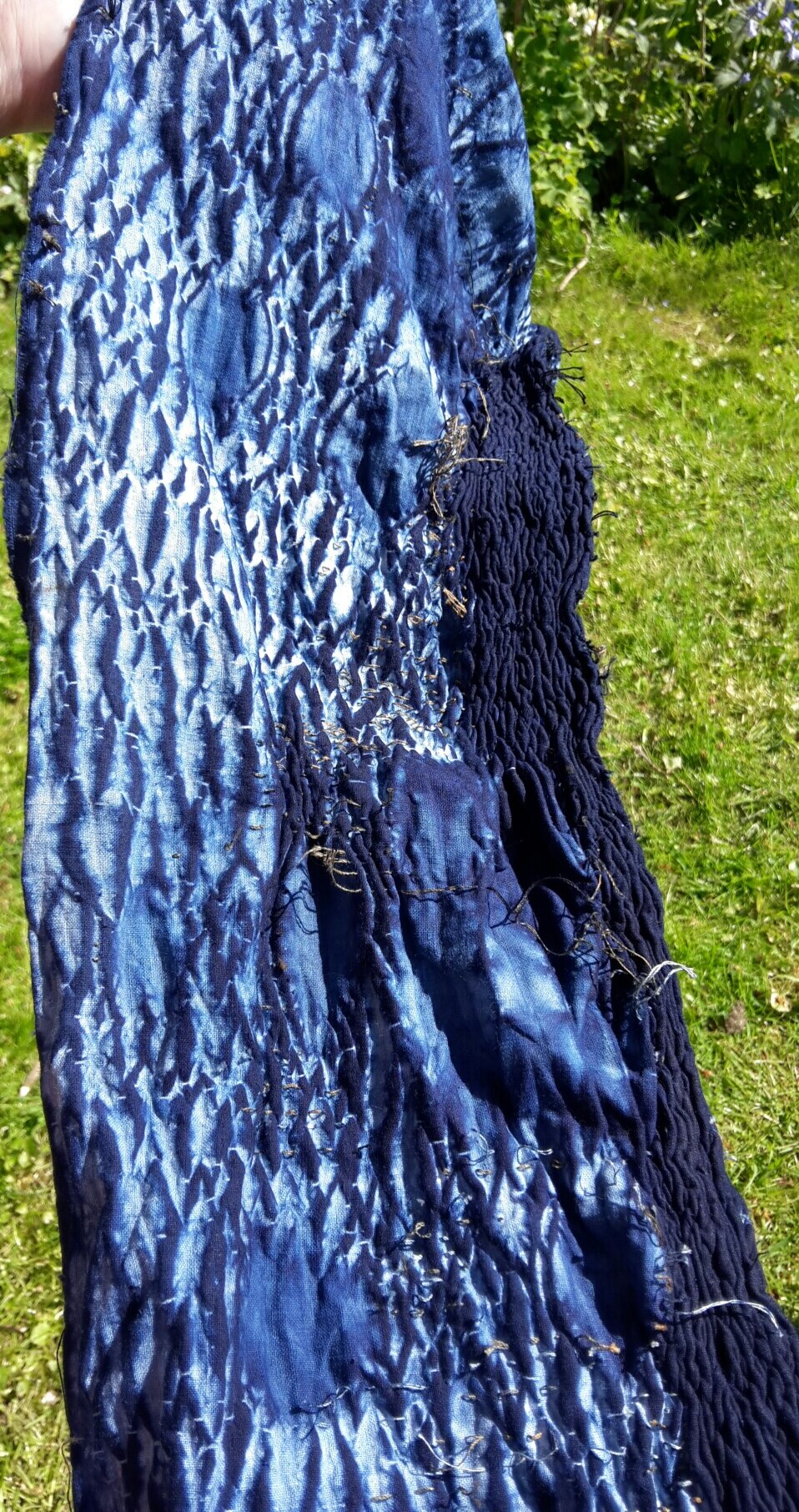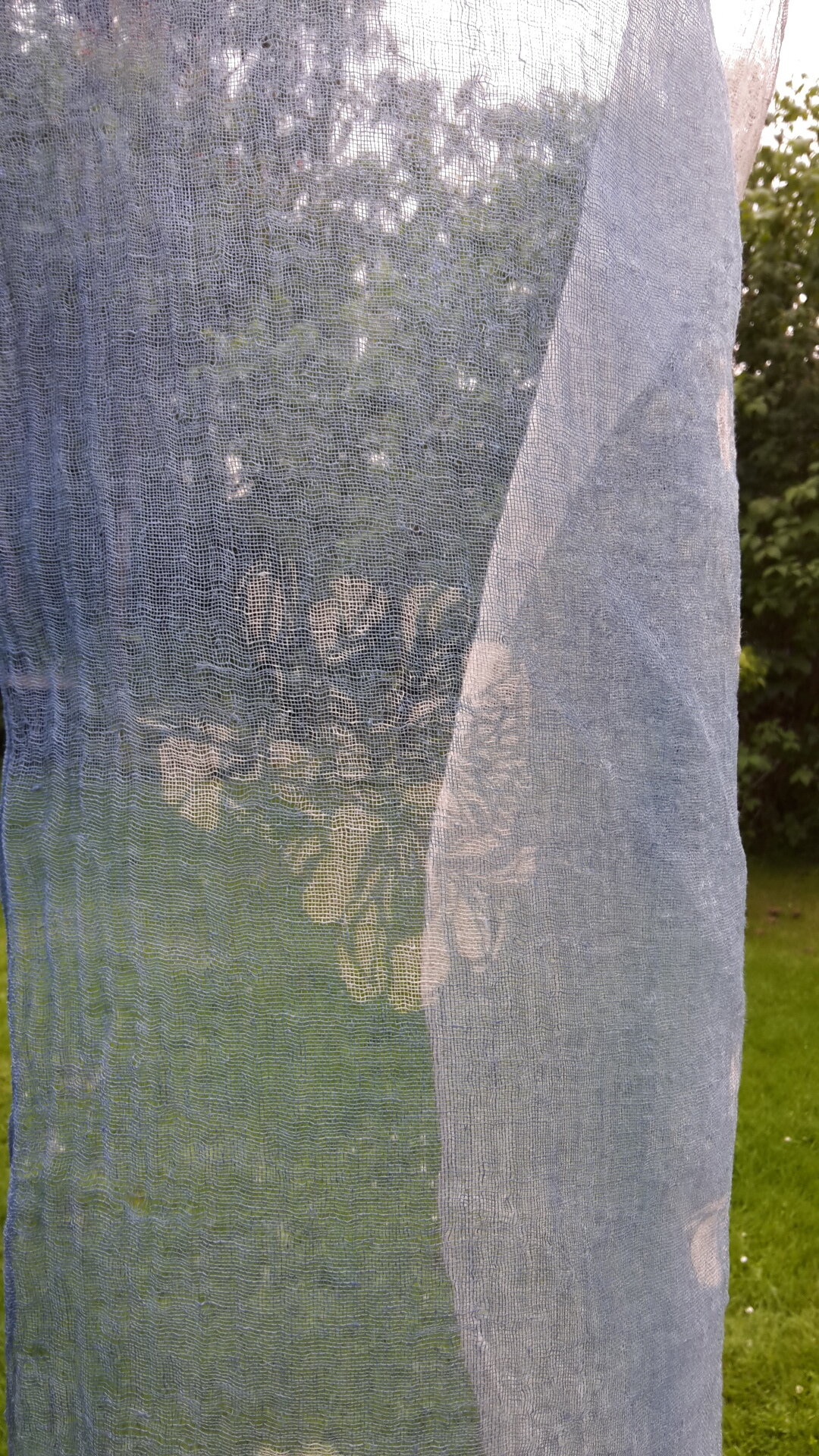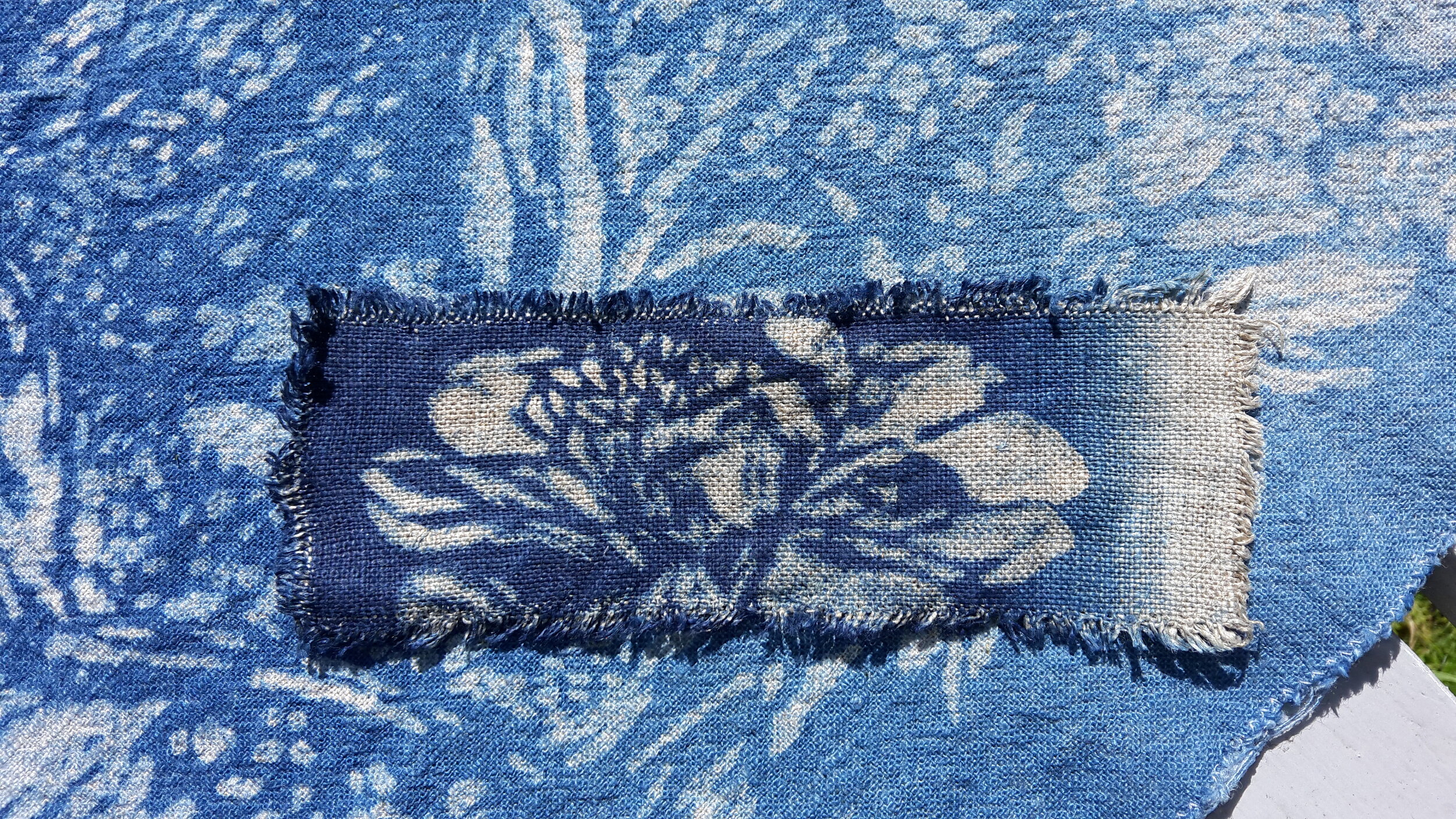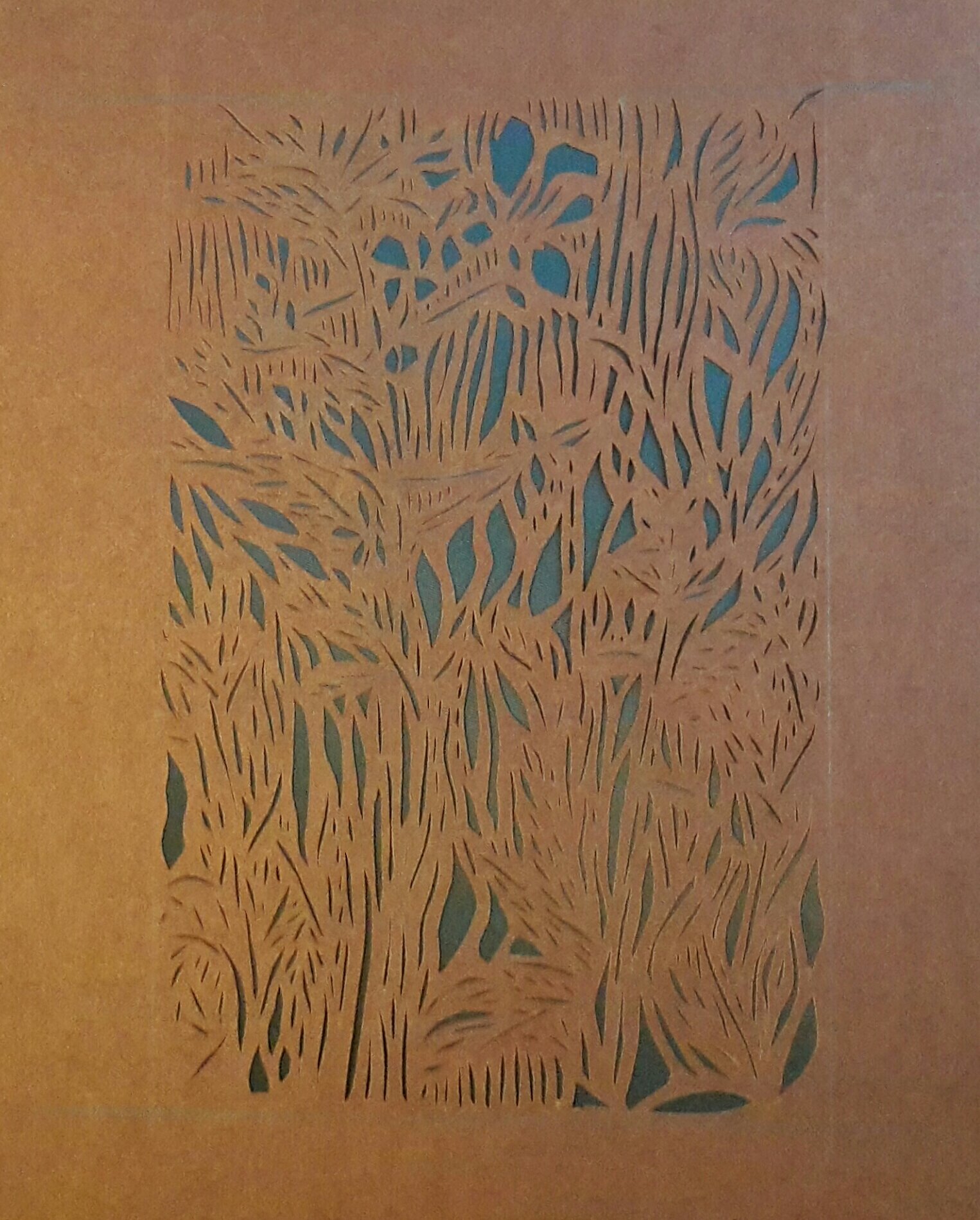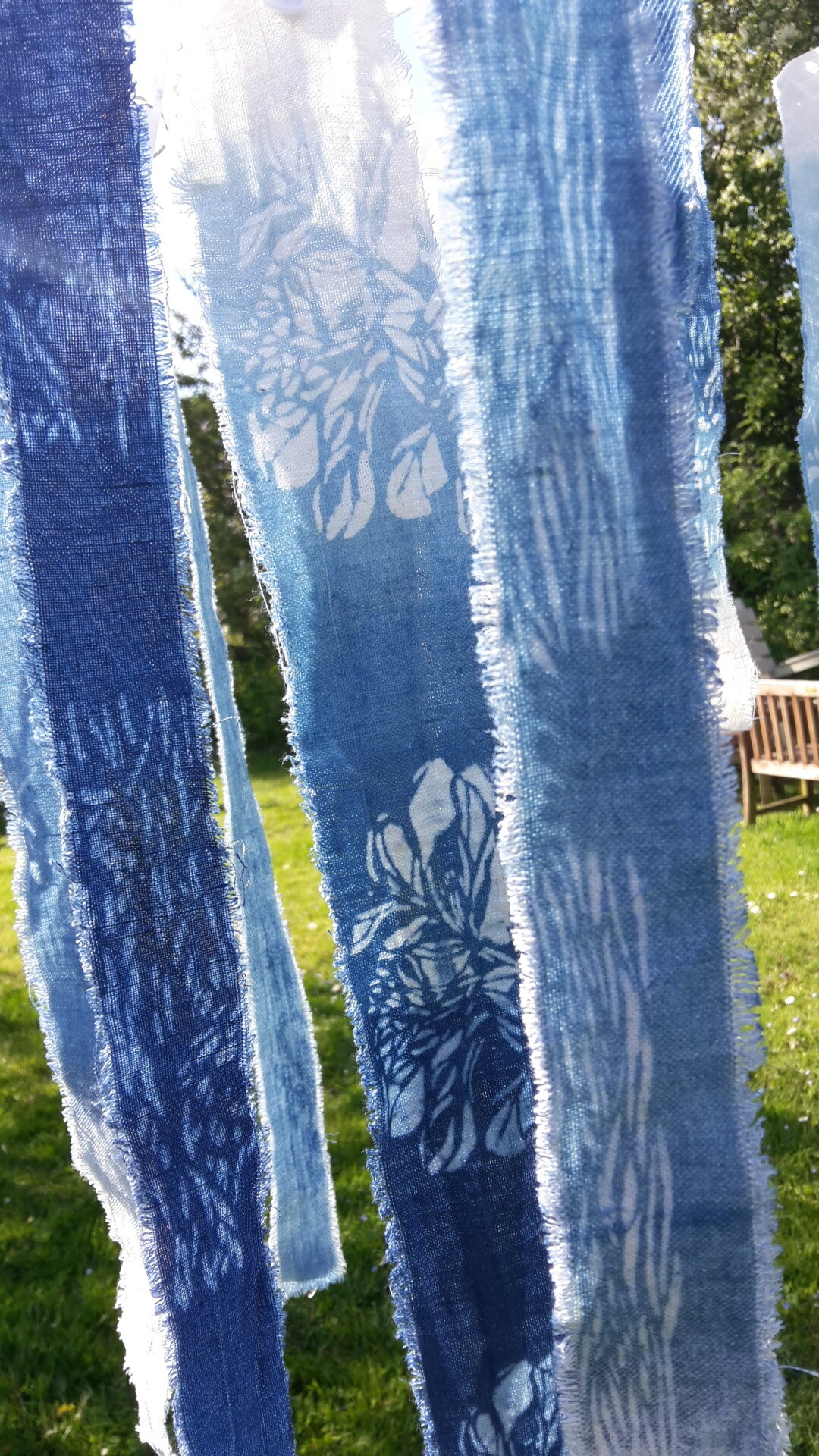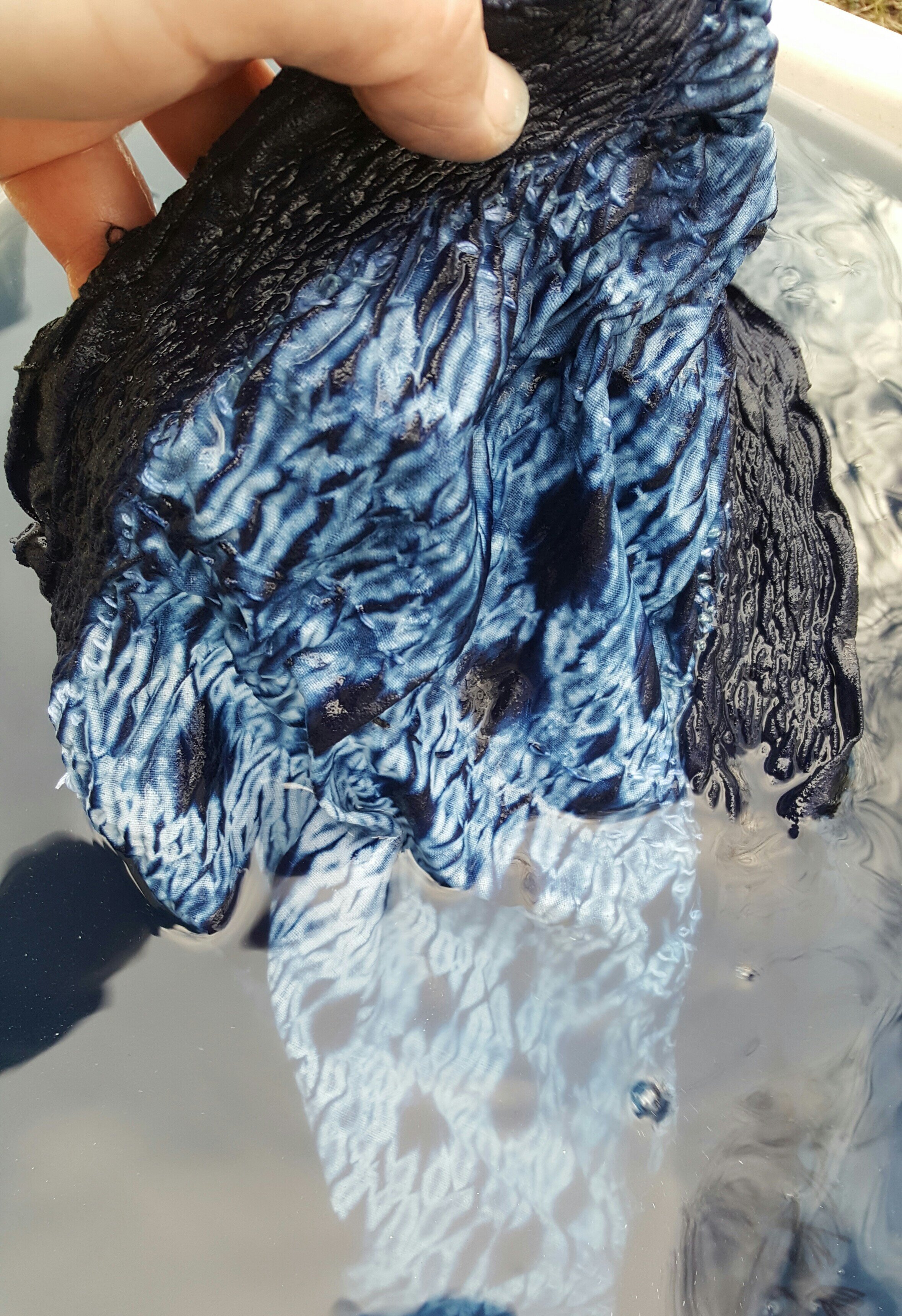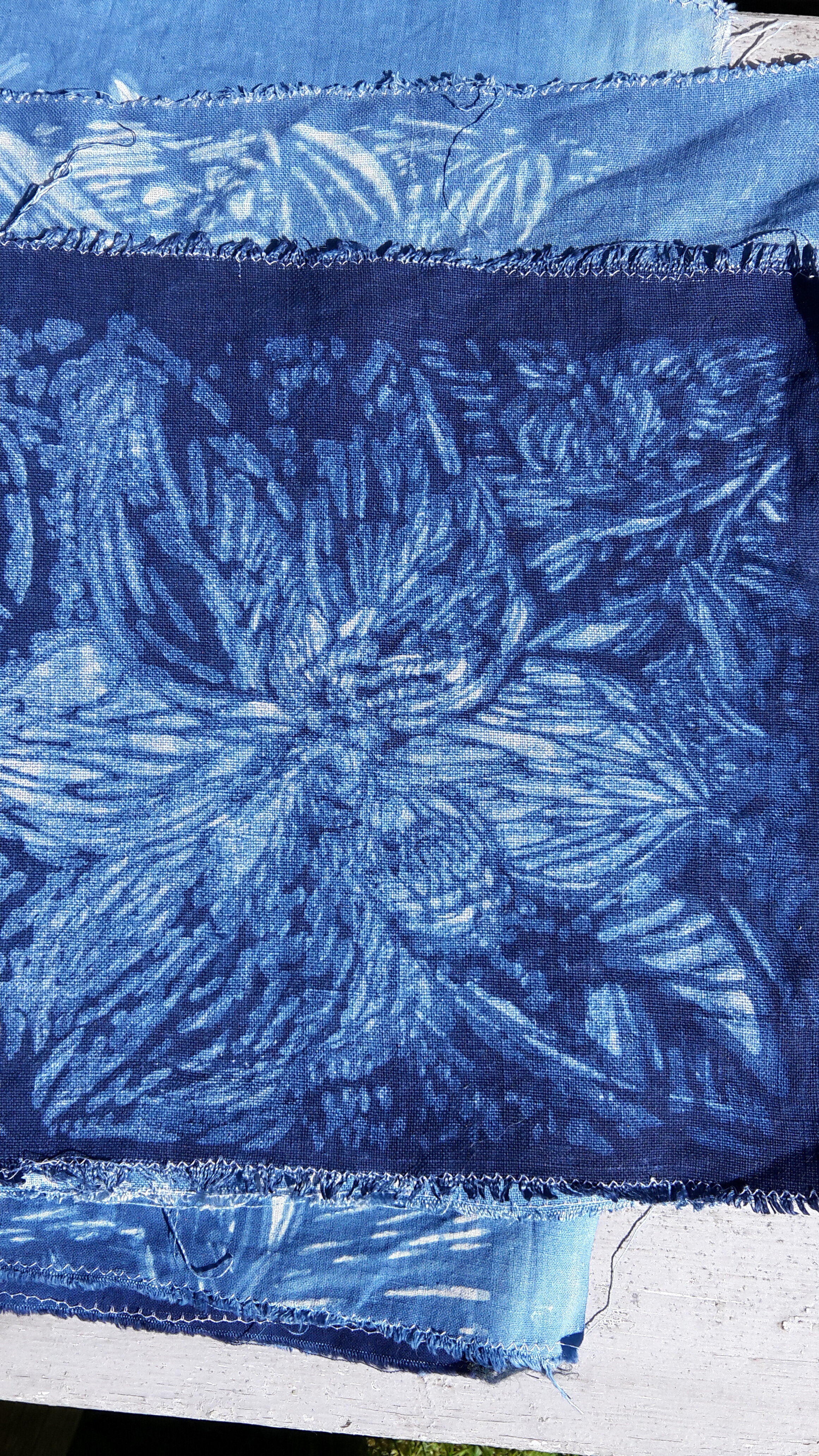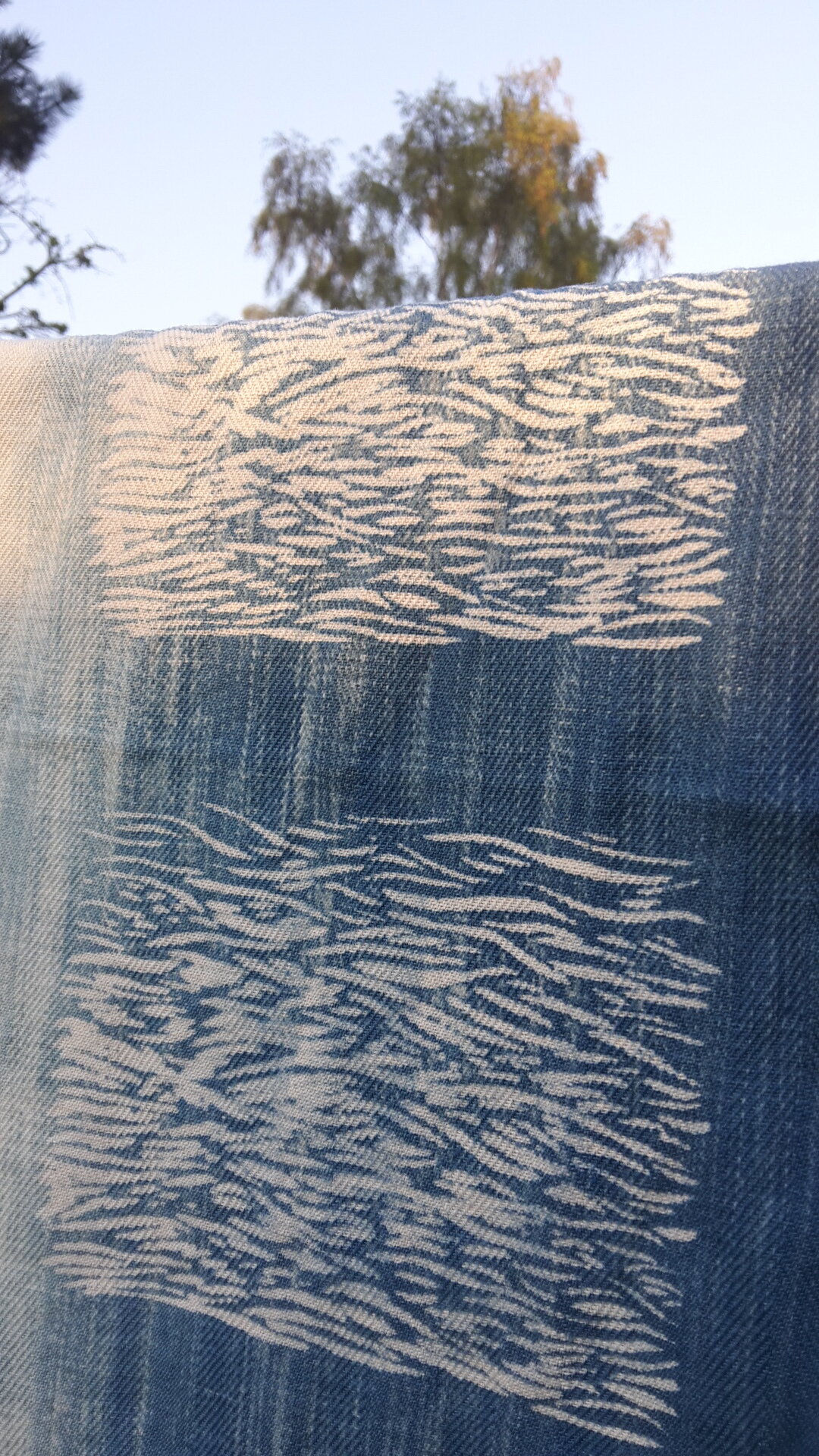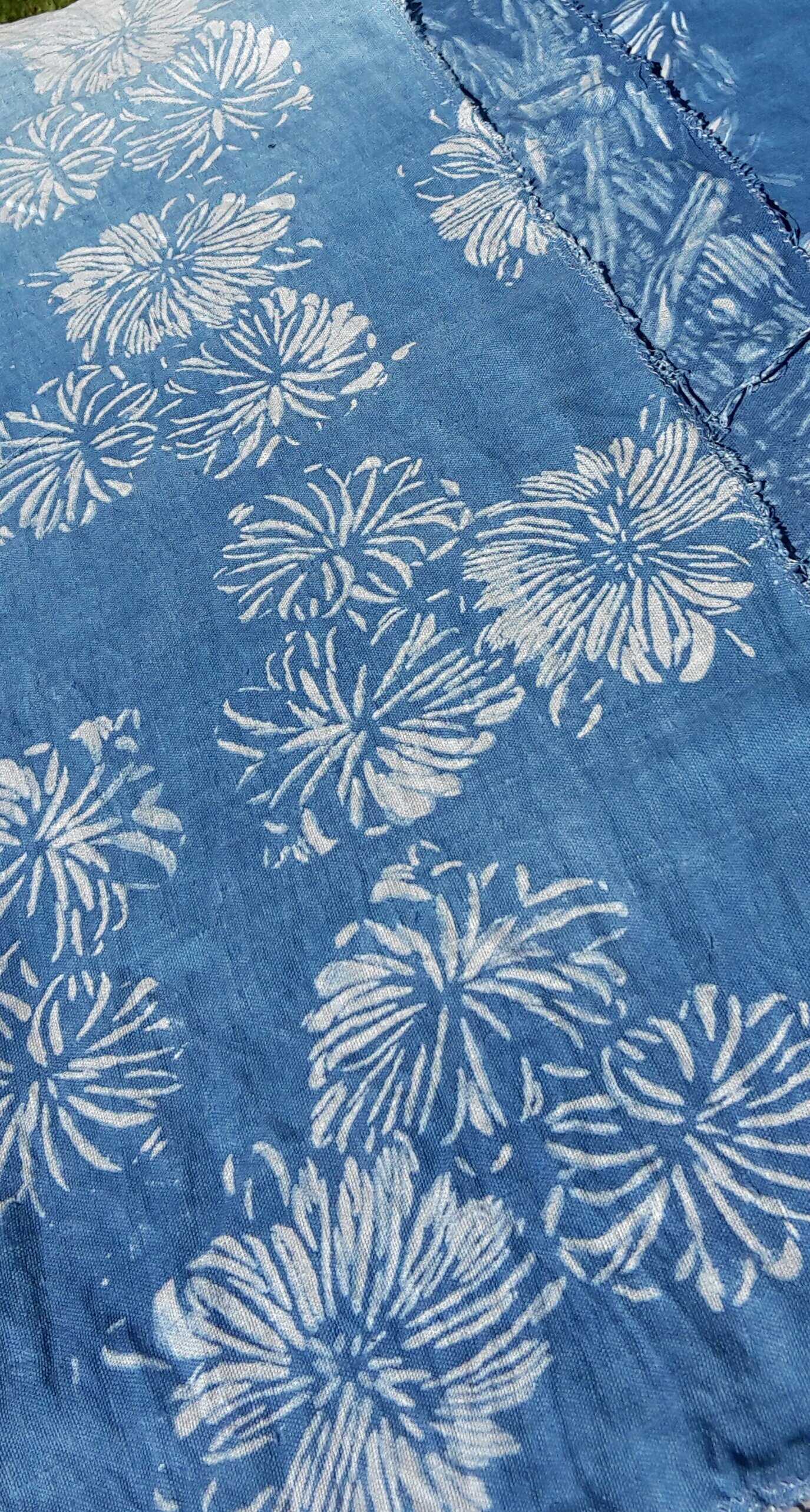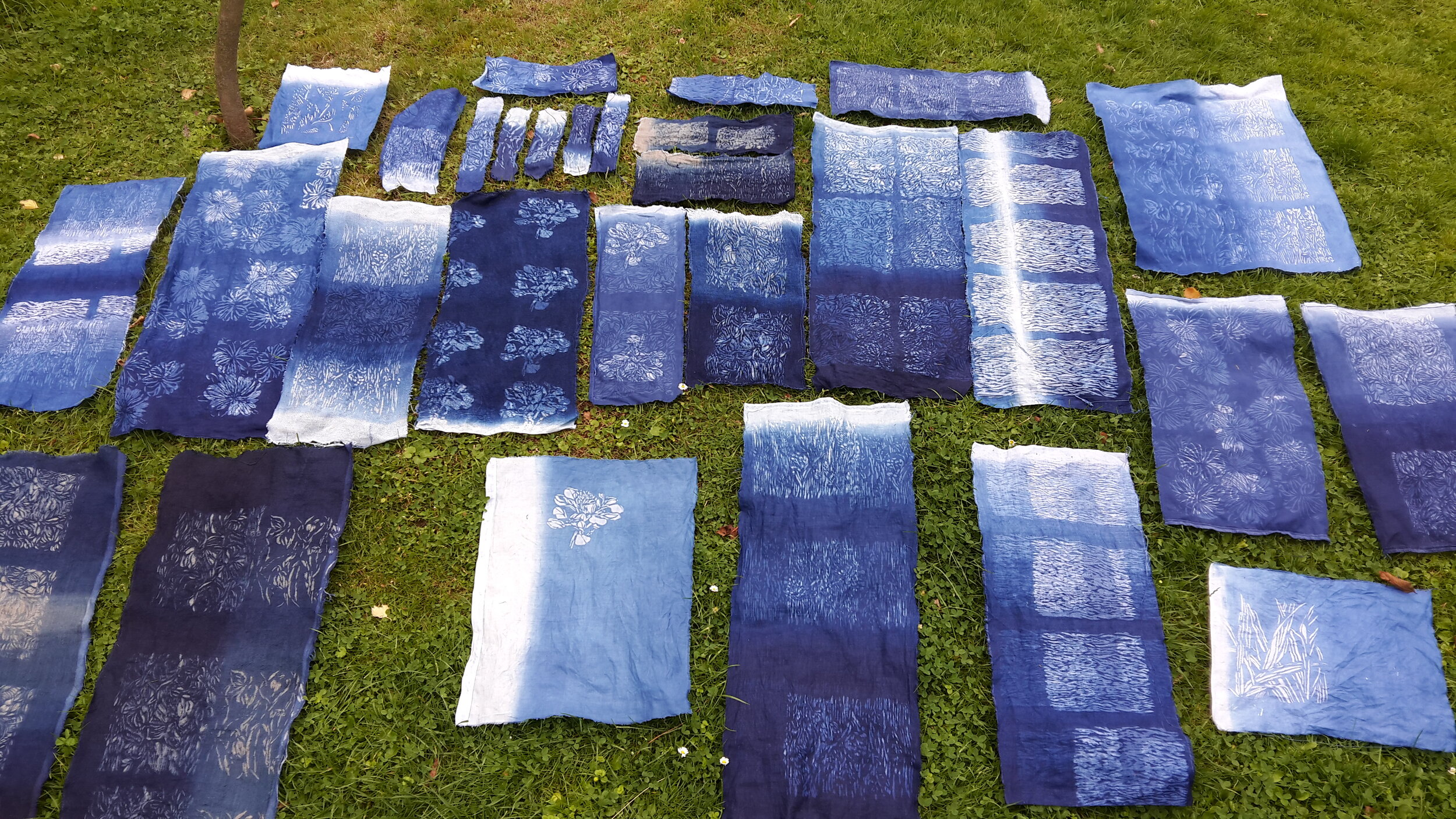At heart I am an artist. I have a formal education Master of landscape architecture, graduating 2004. Up until 2017 I had an ordinary city desk job. My creative side has always been very strong but I kept it as a bubbly free hobby. Slowly I realised that, working with my hands is too important to have only those few hours of spare time to do. After getting credits from exhibithons and like, I made the change of career. I am now proud to be self employed and have my own studio. My studio was built during 2019. I am continuosly finding new approaches for my work and at the same time deepening the base of my work.
I work freehanded and by hand and my work is mainly within textile. I enjoy exploring other types of craft but always return to textiles. My textile roots are in the rich textile history of southern Sweden, Skåne. Those are colourful embroidery and weavingand mainly from wool and linen/flax.
My early memories contain outdoor play and daydream at favourite nature sites, observing color, shapes and structures. Feeling sand running through my fingers or wet morning grass on my toes, sensing honeysuckle and the flavor of blackberries. Memories also contain watercolor painting trying to reach the next nuance of color, understanding color mix, and of course textiles! My mom sewed all clothes for me and my three sisters, and all the scrap leftovers were mine to play with. It was a true education of materials, sensatory feeling the difference between cotton, wool, linen, silk, the structure of flatweave, corduroy, satin, and not the least, organising the scrap fabrics into systems of solids, florals, checks and stripes. Later on I was sewing my own clothes and learning to knit and weave.
In 2014 i traveled to Japan and the studio of Bryan Whitehead in Fujino outside Tokyo. I learned about indigo dye and the traditional Japanese textile making. The Japanese textile techniques are now a big part of my textile work.
INDIGO DYE AND STENCIL WORK WITH
JAPANESE INFLUENCE
I learned about traditional Japanese techniques during a trip to Japan in 2014. I was especially enchanted by the technique called Katazome, a Japanese method of dyeing fabrics using rice resist paste applied through a stencil. The fabrics are then dipped multiple times in the blue indigo dye. The stencil is cut by hand in mulberry paper. I so enjoy cutting these stencils! The cutting of organic shapes of alterning size and density suits my botanical palette.
Embrodiery
My textile roots are in the traditional imagery of southern Sweden. I sew with wool thread on wool fabric, finding inspiration in traditional southern Swedish textles. In my wool embroidery work, I often begin with an idea of the overall structure, but find the work springing to life and finding its way to an asymmetrical harmony of colors and structures.






